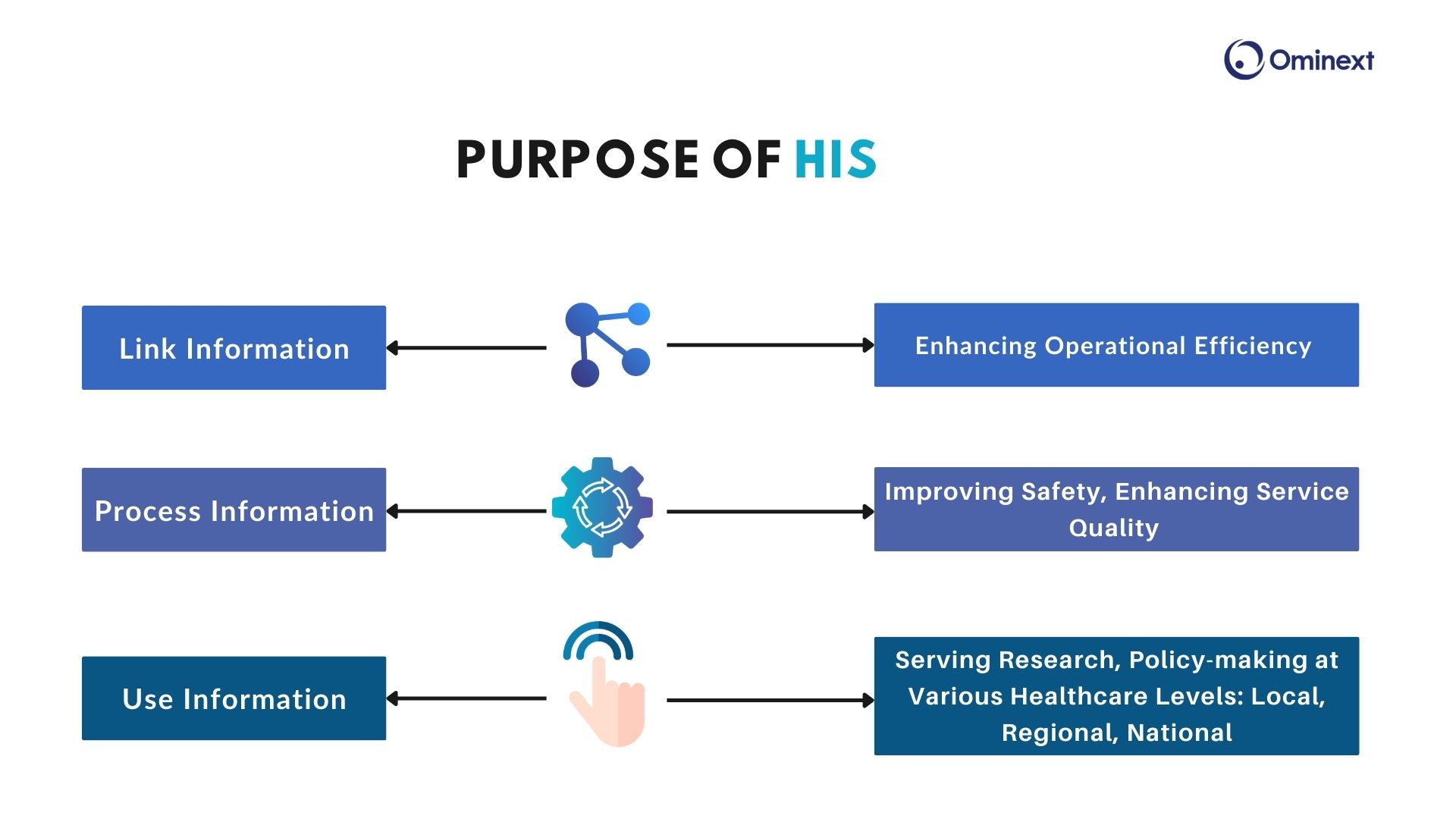Comprehensive Understanding about Hospital Information System
In today's digital age, efficient healthcare delivery relies heavily on technology. One crucial component is the Hospital Information System (HIS), a complex software solution that acts as the backbone of modern medical facilities. But what is a hospital Information system? Why do healthcare providers use it? And which properties does an HIS require?
This blog will guide you to find it out!
What is Hospital Information Systems (HIS)?
A hospital information system (HIS) is a comprehensive software solution designed to manage various administrative, financial, and clinical aspects of healthcare delivery within a hospital or healthcare facility.
It encompasses a range of interconnected modules or components that automate and streamline tasks such as patient registration, appointment scheduling, medical record-keeping, laboratory and radiology management, pharmacy operations, billing and revenue cycle management, and administrative functions.
HIS includes:
The basic components of an HIS are:
Departments System
- Payment
- Pharmacy
- X-ray
- Testing
- Pathology, cytology
- Surgery
- Functional rehabilitation
- Blood filtration system
- Blood storage system
- Nutrition system
System linked to departmental systems:
- EMR system (including inpatient and outpatient)
- Order system
- PACS system
- SPD system (logistics and equipment)
How Hospital Information Systems Work
A Hospital Information System (HIS) is the digital backbone of a hospital. It acts like a secure, central database storing everything from patient details and medical history to treatment plans and test results.
Different software modules work together to manage patient encounters, and billing, and generate reports. This allows doctors to share information seamlessly, improving care coordination and reducing errors. Security measures keep patient data confidential, and ideally, the HIS can connect with other institutions for a more complete picture of a patient's health.
In short, an HIS streamlines workflows, improves communication, and ultimately benefits patient care.
Purpose of HIS

1. Link information
Firstly, the HIS acts as a conduit for linking information across various components of the healthcare ecosystem.
By integrating patient data from disparate sources such as hospitals, clinics, laboratories, and pharmacies, these systems enable seamless access to comprehensive medical records. This interconnectedness fosters collaboration among healthcare providers, ensuring that clinicians have access to up-to-date patient information regardless of the care setting.
Through the linkage of information, HIS enhances care coordination, reduces duplicate tests, and improves efficiency
2. Process information
Secondly, HISs are used to process vast amounts of healthcare data efficiently. With the popularity of electronic health records (EHRs) and other digital documentation systems, HIS streamline administrative workflows, from patient registration to billing and claims processing.
Through automation and standardization of processes, HIS minimizes manual errors and optimizes resource utilization, and as a result, it ensures patient safety and enhances the overall operational efficiency of healthcare organizations.
3. Use information
Lastly, HIS serves the critical function of enabling the meaningful use of information to drive healthcare delivery and public health interventions. By leveraging advanced analytics and decision support tools, HIS empowers healthcare administrators and policymakers to predict disease outbreaks and monitor population health trends in real time.
Hospital Information System Requirements
1. Accurate and Stable
Accurate processing is a necessary requirement for hospital information systems because when errors occur (e.g., software bugs/incorrect configurations), it can lead to incorrect information processing and result in medical accidents.
Even when the system operates well and continues to expand, it can lead to healthcare professionals gradually relying on the system. At this point, if the system stops functioning, it will cause hospital operations to stall. Therefore, it is necessary to ensure the stability of the system. Contingency measures for hardware failures, and network failures, such as communicating information via paper and re-entering information into the system afterward, need to be prepared.
2. Continuity of Information
During the operation of an HIS, it is inevitable to encounter both objective and subjective events related to the system, such as system errors, data updates, hardware upgrades, technology improvements, or unexpected disasters, etc that may force the system to temporarily stop, affecting healthcare activities, especially in emergency and inpatient departments where continuous operation is essential.
Therefore, mechanisms need to be in place to minimize the impact of system downtime, such as:
- Establishing data backup systems.
- Backing up data in separate locations, isolated from the current area.
3. Security of Information
Hospital information systems handle various types of patient-related data so it requires strict security measures to prevent information abuse and ensure patient privacy.
4. Operational Capability and Responsiveness
HIS needs to address the following issues to ensure hospital operations:
- Ease of Use and Understandability: The system should be user-friendly and intuitive since healthcare staff often have expertise in medicine rather than computer science.
- Handling Exceptions: The system should have a user-friendly interface that can handle medical exceptions effectively, with clear and understandable processes.
- System Improvement Capability: The system's performance depends on the provider, and sometimes it may have usability issues. Therefore, it should have the ability to be continuously improved and updated.
- Consistent Operations: Consistency in operations across different software components within the system is essential to avoid confusion and errors.
- Appropriate Configuration: For large datasets, the system should be designed with appropriate database configurations and screen handling.
- Large Image Data Handling: As the volume of data, especially image data, continues to increase, there is a growing demand for improved performance to handle large datasets efficiently.
5. Reasonable Operating Costs
- Operating costs: Hospitals need to establish an HIS operating committee. This incurs costs for hiring specialized personnel and building infrastructure to support the system.
- Installation and Update Costs: Hospitals need to budget for the purchase/rental of equipment, updates, and regular maintenance.
- Data Migration Costs: If transferring the system to another vendor, significant costs may arise to synchronize data to the new system.
- Investment Costs: Investing in an HIS system does not necessarily increase revenue. It does not directly increase patient numbers or reduce hospital staff.
- Incidental Costs: Strict system requirements may require technical solutions that result in additional costs. For example, to enhance system safety, redundant network configurations may be necessary, incurring additional expenses.
Conclusion
In conclusion, our exploration of Hospital Information Systems (HIS) has shed light on their crucial role in modern healthcare. Defined as a comprehensive platform, HIS streamlines hospital operations and supports informed decision-making. HIS represents the fusion of healthcare and technology, revolutionizing healthcare delivery. By understanding HIS, healthcare professionals and stakeholders can harness their full potential to drive positive outcomes and enhance patient care.
Thank you for joining us on this journey of understanding Hospital Information Systems. We hope this guide has provided valuable insights into their importance and inspired further exploration in the dynamic realm of healthcare technology.





